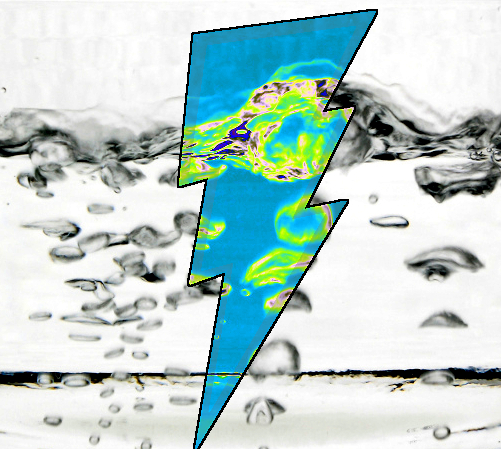Hydrogen claims unpicked
 New analysis throws doubt on the ability of a Victorian project using brown coal to make hydrogen.
New analysis throws doubt on the ability of a Victorian project using brown coal to make hydrogen.
Documents obtained under freedom of Information show the Victorian Hydrogen Energy Supply Chain (HESC) project is unlikely to meet its claimed emissions reductions of 1.8 million tonnes.
In fact, the project appears more likely to increase emissions by up to 3.8 million tonnes.
The Hydrogen Energy Supply Chain (HESC) project uses coal gasification, a high polluting process that releases more emissions than burning coal directly.
HESC claims when fully operational it will reduce emissions by 1.8 million tonnes, equivalent to taking 350,000 cars off the road by incorrectly comparing itself with another fossil fuel based hydrogen project that does not use CCS.
The HESC project claims it will produce ‘clean’ hydrogen by using Carbon Capture and Storage (CCS) emissions despite the failure of all CCS projects in Australia to reach full operation.
“Clean hydrogen is a marketing term, not a climate solution. It is designed to sell dirty high-polluting hydrogen made using gas and coal as ‘clean’,” says Richie Merzian, Director of the Climate end Energy Program at the Australia Institute.
“Clean hydrogen with fossil fuels relies on the same failed carbon capture and storage technology to bury emissions as ‘clean coal’ and it is just as unsuccessful. If hydrogen is supposed to be a climate solution and act as an alternative to fossil fuels, it can’t be based on fossil fuels in any way.”
Polling from the Australia Institute shows 78 per cent of Australians do not know or cannot correctly define ‘clean hydrogen’.
The experts say this confusion allows proponents of hydrogen made from fossil fuels, including governments, to use the label ‘clean hydrogen’ for high polluting projects.







 Print
Print